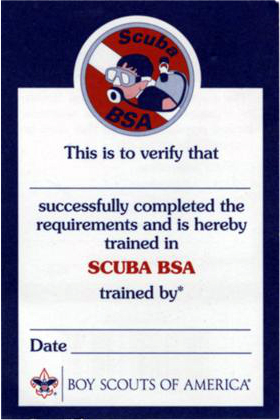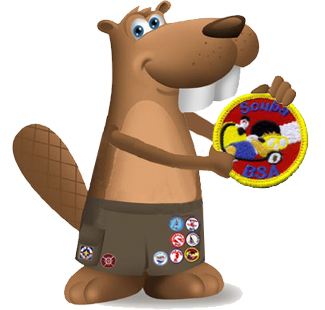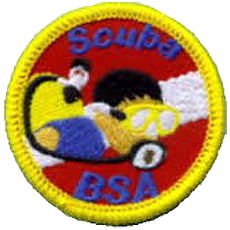Scuba BSA
All aspects of the Scuba BSA program must conform with the BSA scuba policy found in the Guide to Safe Scouting. Instructors not familiar with the Scouting program should consult the BSA manual, Aquatics Supervision: A Leader’s Guide to Youth Swimming and Boating Activities, No. 34346, which also contains the BSA scuba policy.
Counselors for Scuba BSA must hold current scuba instructor certification from PADI, NAUI, SSI, or RSTC member organizations. Instruction must comply with RSTC standards for introductory scuba experiences. Minimum standards include instructor-to-participant ratios. In a pool, the maximum ratio is eight participants per instructor. In a confined waterfront setting, the maximum ratio is four participants per instructor. Ratios may be increased by two participants if the instructor is assisted by someone certified as a divemaster or assistant instructor.
A second adult who understands the procedures should be present in case the instructor becomes incapacitated. Two-deep adult leadership is also required by BSA Youth Protection guidelines.
Before participants are allowed in the water, they must complete an Annual Health and Medical Record designed for scuba activities. Instructors should use standard forms advocated by their certifying agency.
Instructors may use agency materials, such as participant guidebooks, slide shows, and videos to help convey cognitive material. Skill instruction must be conducted in clear, confined water. A swimming pool is recommended.
Scuba BSA is ideally suited to winter programs using indoor pools. Two 45-minute sessions are appropriate for instruction, practice, and completion of requirements.
Although Scuba BSA is similar to introductory scuba experiences offered by various RSTC member organizations and other dive agencies, those programs are not substitutes for Scuba BSA. All requirements must be completed as stated on the application form. The counselor may not omit, vary, or add requirements. In particular, Scuba BSA has a prerequisite swimming requirement, is only available to youth and adults registered in the Boy Scout, Venturing, or Sea Scout programs (minimum age around 10½), and does not include the option of an open-water dive.
Local council programs may not compress or sell air for scuba use, or sell, rent, or loan scuba equipment. All air and equipment for local council Scuba BSA programs must be obtained from properly licensed sources, not affiliated with the Boy Scouts of America and under the supervision of PADI, NAUI, SSI, or RSTC-approved and certified scuba instructors.
Individuals completing the Scuba BSA requirements qualify for a recognition card and patch. The completed award application should be handled as directed by the council Training, Aquatics, or other committee.
The counselor must hold an instructor rating with current teaching status with PADI, NAUI, SSI, or RSTC member organization in accordance with BSA scuba policies in the Guide to Safe Scouting. Counselors must have council approval.
Swimsuit / swim trunks emblem – The Scuba BSA patch is NOT worn on the uniform or the sash; it is worn on the left side of the swimsuit / swim trunks
Scuba BSA Award
Upon successful completion, participants earn the Scuba BSA patch along with their achievement card. Completion indicates the individual has experienced a valuable introduction to scuba.

Scuba BSA Requirements

Discuss the importance of using the buddy system at all times while scuba diving. Explain that a dive buddy is there to assist with the donning and doffing of equipment, to lend assistance in case of emergency, and to share in the underwater experience. Remember, always dive with a buddy — Never dive alone!
Scuba BSA – Forms, Links, and Resources
Aquatics Supervision – Leader's Guide – the Scuba BSA award application is contained in the appendix.

